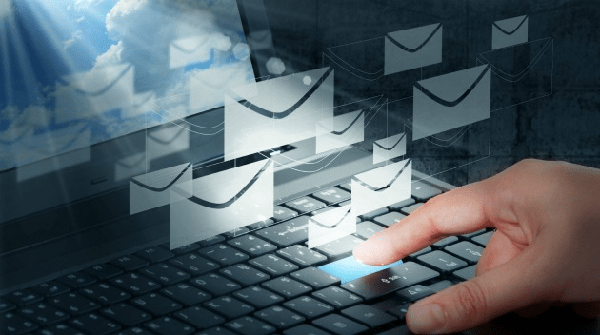Email has been around for more than 30 years now. What was once touted as an easier way of communicating in the workplace has become the bane of many office workers’ existence.
In the average workplace,emails are sent for everything from important announcements through to replacing simple face-to-face conversations with the person who sits at the next desk.
Did you know that an estimated 269 billion emails are sent in the world every single day, according to data from the Radicati Group. They also claim that email traffic is predicted to increase by four per cent year on year.
It can feel as though no sooner have you replied to one email, several more have appeared in its place.
The end result is that our inboxes are overloaded and we spend our work days constantly disrupted – and stressed out!
If email overload is driving you crazy, there are a couple of tricks you can use to try to bring it under control:
1. Inbox zero
This is a method where you aim to keep your inbox empty – or close to it – all the time. It takes a bit of dedication to get your inbox under control and then it can also be a challenge to stay on top of it every day.
2. Imposing time-based rules
Because of the constant disruption email causes, it can be a good idea to only check emails at certain times of the day and deal with them then. If you find email is eating into your evenings and weekends, you can also place a ban on yourself from responding during those hours.
3. Use folders effectively
Some people have success with moving emails to folders where they are dealt with. This helps you to filter out emails that aren’t important.
4. Find innovative ways to communicate
If you absolutely need to send emails internally and you don’t want to contribute to email overload – or have your messages buried and ignored – think outside the box and find other ways to send internal communication campaigns.
A great solution is DeskAlerts – a software system that allows you to send messages direct to the screens of employees, no matter what software they are using at the time, and it arrives in a way that can’t be ignored or minimized.
5. Unsubscribe from mailing lists
A lot of inbox clutter is the result of being on various mailing lists. Some will email you occasionally, while others can send messages several times a day! Take some time to get your email address off the lists and you will see the clutter cut down dramatically.
6. Talk to people
It might seem old-fashioned, but picking up the phone and calling someone or having a face-to-face conversation can be more productive than emailing backwards and forwards. Not only will you save time by being able to have your questions answered immediately, your inbox will be less cluttered and your stress levels hopefully reduced!
 Caroline Duncan
Caroline Duncan





.jpg)

